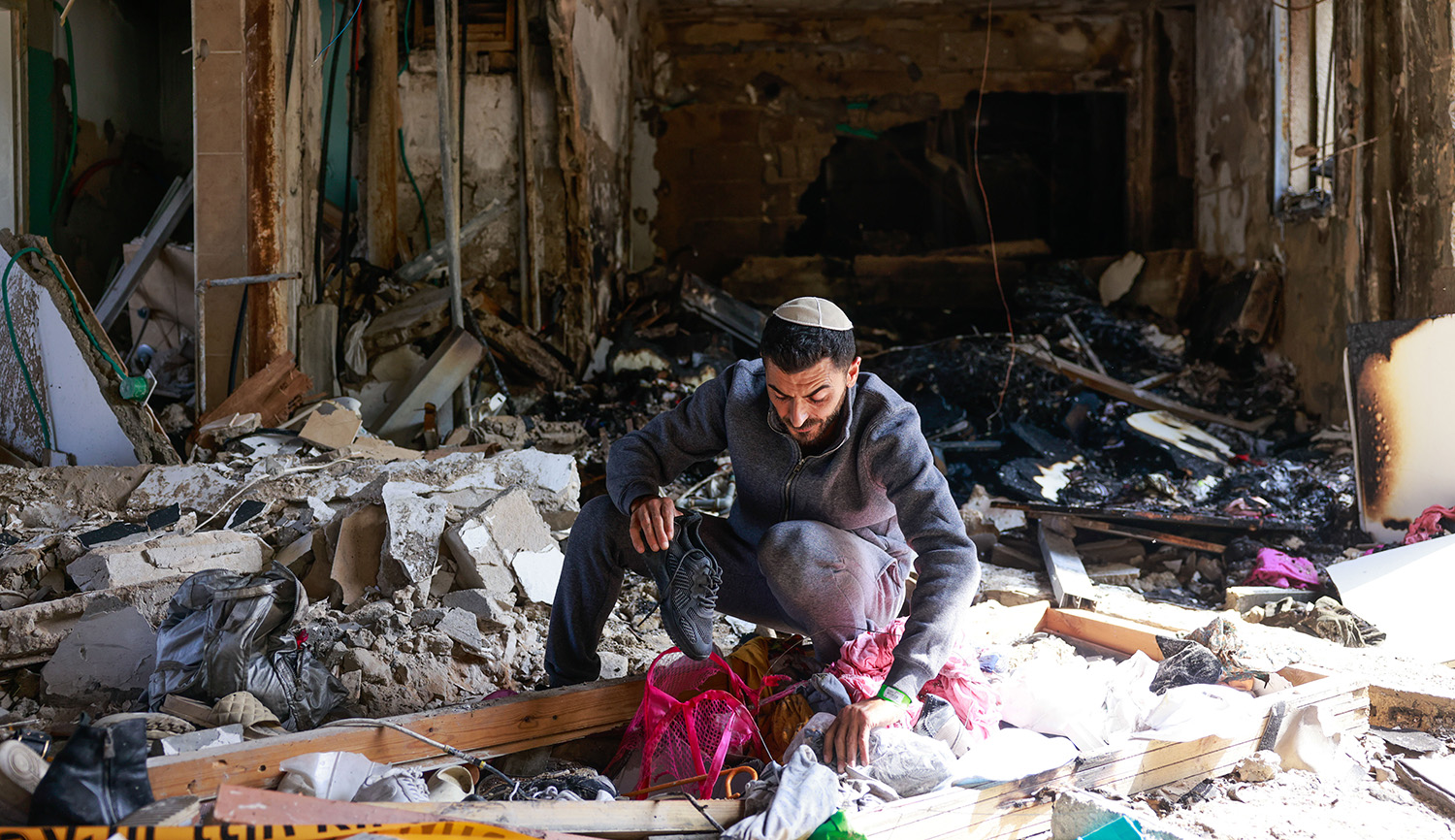For the first time since 2000, writes Jonathan Spyer, a center-left coalition has a real chance of defeating the right in Israel’s elections. But Spyer contends that “national and diplomatic issues,” rather than social and economic ones, will determine the elections’ outcome, and on this score the center-left’s argument is troubling:
The center-left will argue that Israel’s problems are to a great extent of its own making, and that if there is a danger of extremism it is to be found largely among Israeli Jews, rather than among their neighbors. Thus, in her most memorable statement so far, [Tzipi] Livni recently told reporters that Israeli “extremists . . . are turning our country into an isolated, boxed-in country, and an alienating one—even for its own citizens.”
The belief underlying the Israeli center-left’s campaign is evidently that if Israel is “boxed in” it is because of its own “extremists” and that the solution to this is greater accommodation to the U.S. administration. The U.S. administration, however, has opposed or prevaricated over the key measures that Israel has found necessary to take against the threats gathering around it. . . . An Israeli government which believes that Israeli “isolation” is mainly Israel’s fault and which thinks that the solution to this is greater accommodation to the Obama administration is an Israeli government which will be less likely to act in Israel’s vital interests, at the right time and with sufficient determination.
Read more at Middle East Forum
More about: Barack Obama, Hatnua, Isaac Herzog, Israeli politics, Labor Party, Tzipi Livni


